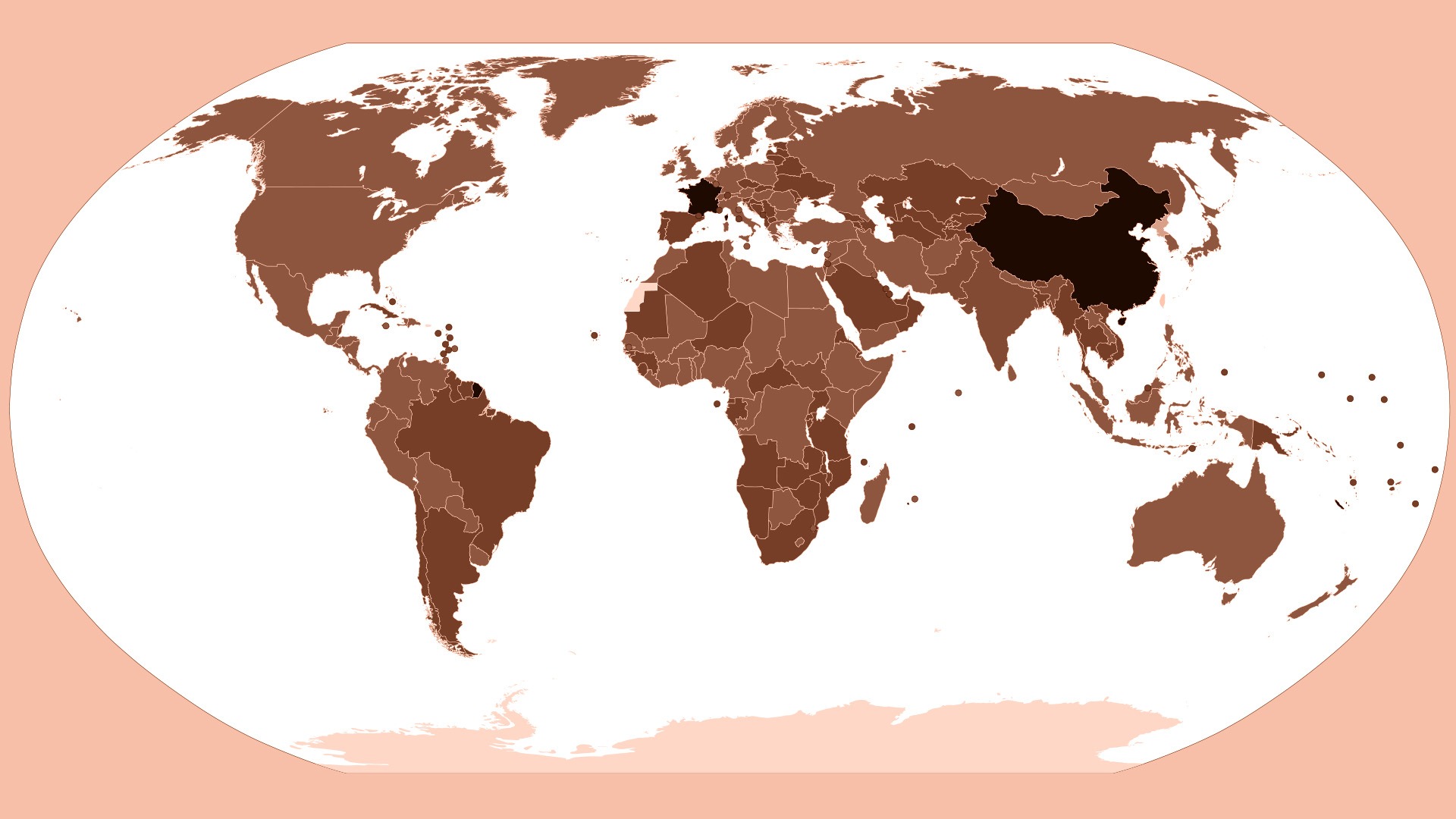The Nuclear Gyre in South Asia and Beyond
APLN Policy Brief 29
The following is a summary. Click on the adjacent link to download the full brief.
The nuclear weapons programs of the People’s Republic of China, India and Pakistan are becoming increasingly intertwined. The Sino–Indian rivalry has intensified and has contributed to the growth of their nuclear and missile programs. Simultaneously, the Indo–Pakistani rivalry has also worsened and led to increased acquisition of similar capabilities. To compound matters, the Sino–Pakistani strategic nexus has deepened and has contributed to heightened threat perceptions in India. As a consequence, the nuclear gyre now threatens to encompass both South and East Asia. The continuing expansion of nuclear and ballistic missile programs in all three states, if not curbed through bilateral or multilateral measures, could have destabilizing consequences for both regions.
About the Author
Sumit Ganguly is a Professor of Political Science, holds the Rabindranath Tagore Chair in Indian Cultures and Civilizations at Indiana University, Bloomington and is a Senior Fellow at the Foreign Policy Research Institute in Philadelphia. He is also a member of the Council on Foreign Relations, New York. His latest books are, Deadly Impasse: Indo–Pakistani Relations at the Dawn of a New Century published by Cambridge University Press and Ascending India and Its State Capacity (with William R. Thompson) published by Yale University Press.
Image: iStock, Lakshmiprasad S.




